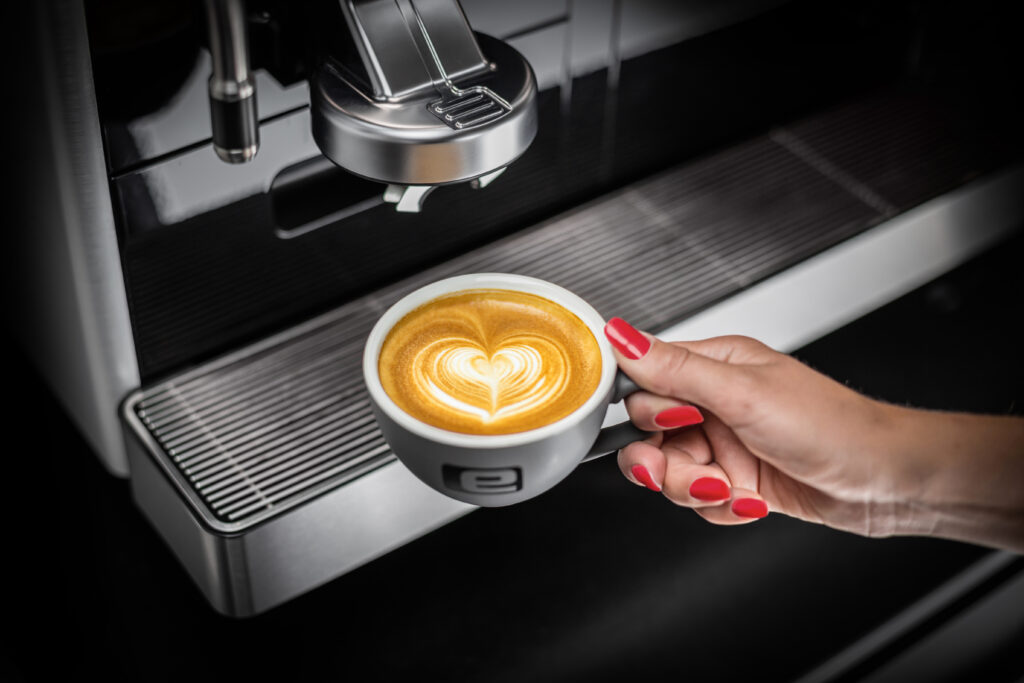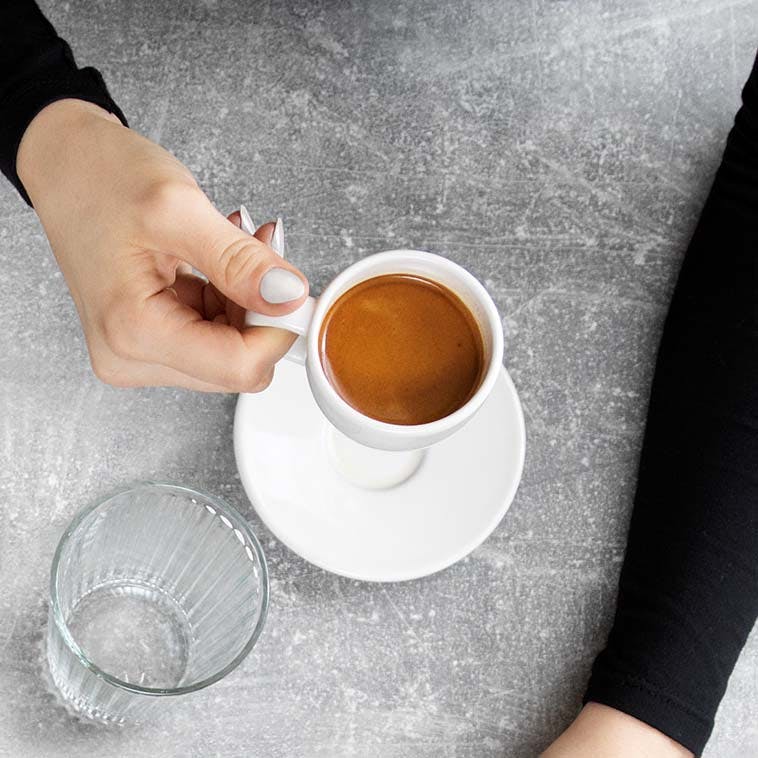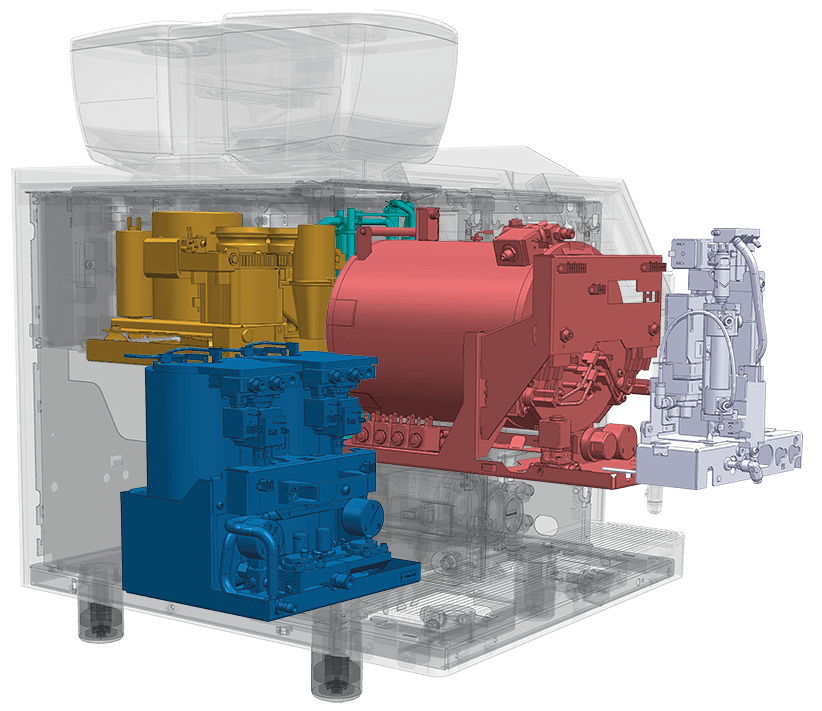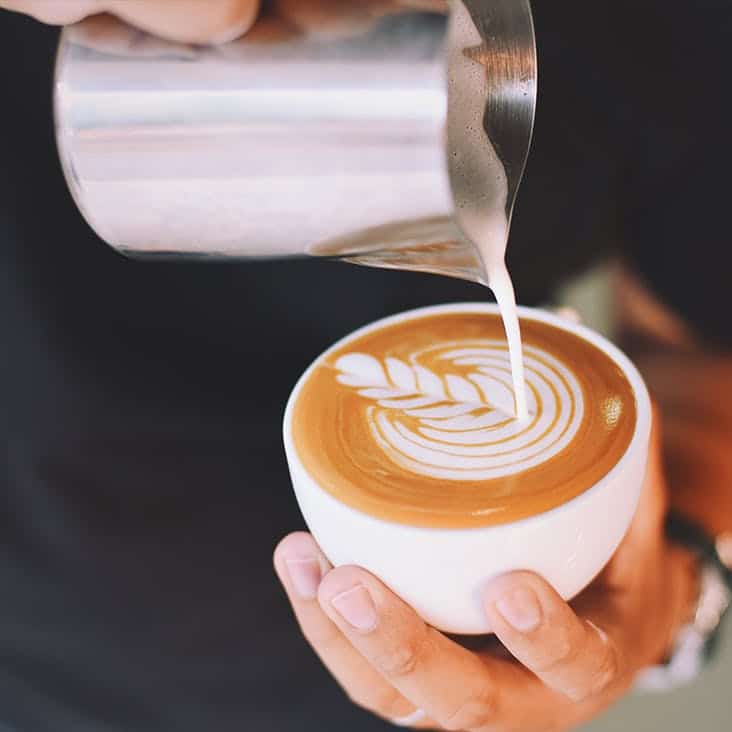The Perfect Pressure For your Espresso
What is espresso brew pressure?
Pressure is what permits us to brew espresso in seconds, rather than in minutes and process the concentrated liquid gold punches that have come to figure out coffee around the world. So, it is not strange that we just tend to set and forget the air pump pressure on coffee machines?
So, is not it a bit strange that I just tend to set and forget the air pump pressure on coffee machines?
What if there is a right espresso pressure that I have been missing this whole time?
That is what I wanted to figure out – So, keep reading on to see what I found.
So WHAT IS ESPRESSO BREW PRESSURE?
Before we dive into the outcomes, let me set some things up with a note on brew pressure. In most advanced coffee machines, a pump pressurises water via the ground espresso at a fixed pressure. The coffee pressure dials on most coffee machines measure this in pressure bards.
At home, if you move your tap to be fully open, you will most likely be getting a pressure of three of four bars. So the pump is increasing the brewing pressure by two-three times this level. To put it another way, nine bars of brew pressure is like scuba diving down to a depth of 90 meters – if you know what it all feels like.
On old lever-based machines, this pressure is made by a lever, spring, and the big biceps of the barista. Pressure profiling refers to the procedure of manipulating the brewing pressure of water throughout the shot.
Unlike an electric pump that contains a constant pressure – with a lever machine, the pressure starts high and slowly drops as the spring returns to its starting point. Another instance is what we call pre-infusion. Have a look at Commercial Coffee Machines in Adelaide
This is where the low-pressure life of water runs for a couple of seconds to let the ground espresso get wet before getting smashed by a full pressurised water force. The main goal here is to prevent channels from happening in the bed of coffee.
For these tests, we did not concentrate on lever machine, pre-infusion, or any of other techniques in which pressure can be varied all through the shot – no, I tried to keep everything focused on my test – of find out if there’s a perfect brew pressure to set your coffee machine…
What do I test?
I measured coffee shots brewed at 6, 9, and 12 bars, using 14, 17, and 21 grams of ground espresso. Then I measured the extraction period – that’s how long the coffee took to brew, I measured total dissolved solids using refract meter – this tells me the overall strength of the coffee.
I monitored the following rate, using shiny new flow temerity system… and I tasted the coffee also, you know, in old school style. It is worth noting that espresso pressure was measured using the dial on the coffee machine.
Espresso pressure measured on the dial will be higher than the pressure at the group head the coffee pressure at the group head will also differ depending on the flow of the espresso, So, for me, I decided that most of practical way to pressure measurement for my purposes is using the dial, as this is what most of the consumers will see regularly. See Eversys Coffee Machine
I used a similar espresso for every test. It is a light-mid roast beans made up of ordinary procedure coffees that I roasted for a week after roasting… Well except for one of the tests but will get that in a moment.
What is the impact of pressure on Extraction?
The primary thing I would was that as pressure increased, the extraction times also increased. In other words, the more pressure, the more slowly the coffee shots poured. Logically, you’d expect the opposite to occur – so what is going on here?
My guess was the CO2 gas produced by the fresh brew was producing more resistance to the liquid as the pressure increased. So, to check the theory, I tried a similar test with the same coffee blend – except this time, it was stale… Yum!
The main reason I pick stale coffee was that as coffee gets older, the trapped steadily escape the roasted beans – that is why stale coffee makes less CREMA and makes the coffee shots generally seem bad…
Sure enough, with it, I found that extractions behaved the way you’d expect that’s more pressure means a quick flow rate. So, it looks likely that the gas theory is the basic reason that high-pressure outcome in slower pours coffee shots. This also looks to be supported by looking at the flow of the liquid flowing via the bed of ground coffee using the telemetry system. See Commercial Coffee Machines Gold Coast
The graph of the pulses from the machines follows a meter – that provides visual guidance to the flow level of every espresso I made. The shots brewed at twelve bars instantly saturated the bed, but then instantly dropped down to a slower flow than the lower pressure espresso shots.
This indicated that this resistance is happening early in the procedure. The next thing I found was that the strength of espresso had a bit more to do with the extraction time than brew pressure. When extraction time was low – so was the TDS – when it was higher, so was the TDS – despite the pump pressure.
Now that is not said that pressure does not have an impact. One of our most popular coffee machines with the perfect brewing pressure is our Eversys Cameo Core.
As I mentioned earlier when using fresh coffee, increasing the pressure-assisted to increase the extraction period – which might be a great thing if you are using a light roast coffee that is difficult to extract.
On the other side, lower pressure might be handy for dark roasted coffees which are soluble, as this might help prevent over-extraction
What is the impact of pressure on Extraction?
I start by with my standard recipe for this coffee, with the pump set to nine bars of pressure – and utilize that as my benchmark. Then I kept it all same and decreased the pressure of the machine to six bars.
Here the result I got was not great – my tasters describe these shots as thinner and watery in texture as compared to the nine bars.
Of course, as I already discovered, lowering the pressure made the shots run faster – so I try some adjustments to compensate for this. I try grinding finer, then I try increasing the dose, then a combination of both – and the outcome was the whole come up short in flavor and texture as compared to the shots brewed at nine bars.
I tried a similar procedure again with 12 bars. This time the result was mixed. Some testers preferred the bigger and thicker textures flavors and some felt that they were starting to taste over-extracted and preferred the balance at nine bars.
I never made espresso at higher pressures in café mode – so I thought it would push this a bit further. The manager of the espresso bar agreed to run his machine at 12 for a day to see what effect this had on a range of different coffees and get some important feedback from a broader mix of consumers.
And the feedback from both customers and baristas was less enthusiastic – customers noted that the coffee tasted a bit different in milk and baristas told that they struggled to get coffee tasting perfectly.
Final results of all the experiments
There are 2 reasons that nine bars of pressure looked to be the sweet spot for extraction. The experiments indicate that the forces among the pressure of water as well as the resistance of the puck were balanced at 9 bars.
In every experiment bar 1, the flow rate over the espresso was reduced which means the water has a chance to dissolve more taste from the coffee.
Certainly, it’d also simply be the outcome of designing my blends for extraction pressure of nine bars, so they end up being optimized for this espresso pressure. Slightly like a self-fulfilling prophecy.
For the pro or home barista, my suggestion is that, if you roaster recommends a specific coffee brewing pressure for their beans, then go for it – otherwise your best thing is nine bars.
There is more to be investigated on using lower espresso pressures for dark roasts and using a higher pressure for light roasts – perhaps there are some wines there. But that’ll have to wait until the next round.
Why Eversys Though?
Consistent Coffee Quality
In-Cup quality
Technology
Eversys equipment is built in modules, ensuring rapid access for technical intervention with minimal downtime and reduced maintenance costs.
Eversys machines are equipped with two grinders allowing for two parallel recipes to be set up at a time, and you can even choose to dose some powder from each grinder and produce it through a singular extraction. The ventilation, which is set below the bean hoppers, drives out unwanted heat and moisture. Electronic control maintains consistency of product throughout the day.
The brewing chamber holds up to a significant 24 g of coffee, allowing for a wide range of brewing recipes. The Reverse extraction brewing system optimises powder efficiency as the espresso is produced.
The steam / water unit provides temperature consistency and unsurpassed productivity.
Milk is frothed with steam – like a traditional barista – through a set of reactors, ensuring optimal texture and taste.
The hydraulic module is dedicated to the sole production of coffee, 1.6 litres of water guarantee unfettered productivity.
E'levelling System
1.5-Step Programme
The Eversys e'API
More Features...
1. Grinding
Eversys designed ceramic blades driven by a powerful yet quiet motor, whose heat is cleverly channelled away from the coffee beans, to maintain their quality, via a set of fans. Electronic control maintains consistency of product throughout the day, ensuring optimal extraction at all times.
2. e'Levelling & Tamping
Automatic Levelling is the ability to initiate a movement to the brewing chamber, create a vibration which enable the powder in the chamber to spread more evenly, which leads to a better, more consistent extraction. The 24 -gram brewing chamber to facilitate single cycle large beverages is controlled by electronic tamping to guarantee consistent quality.
3. Temperature control
Dedicated coffee boilers, separate from the water/ steam boiler, provide productivity and temperature stability, essential parts of in-cup quality.
4. Brewing
Reverse gravity extraction vertical infusion optimises powder efficiency as the espresso is produced.
5. Milk Frothing
Milk is frothed with steam in the one-step system, promoting flavour as well as texture, mirroring the barista experience.
6. Creating
All products are pre-programmed to be dispensed in a consistent and efficient manner, placing seamless productivity and quality at the forefront of the customer experience.
Coffee Machines to Match any style.
Eversys espresso machines are trusted by the world’s finest coffee roasters, cafès, and restaurants for their reliability, durability, and timeless aesthetics.
Having in-house coffee from an automatic coffee machine is one of the most productivity-enhancing investments any business can make.
The Cappuccinos and Lattes you make can be a key profit driver for your business, which means that your coffee machine is perhaps one of the most important piece of equipment for your business.



